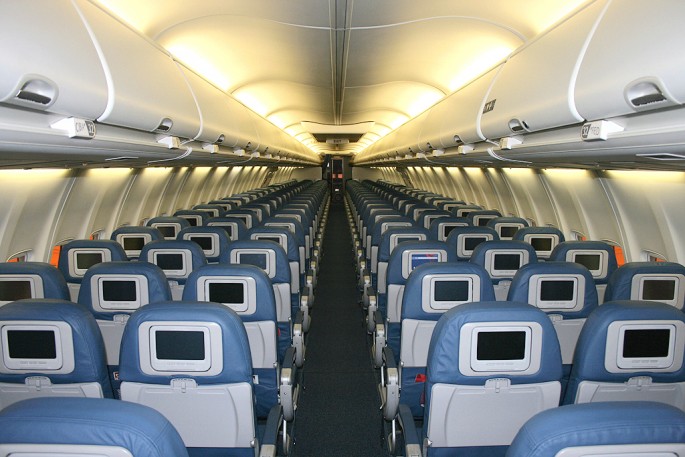Four flight attendants have dragged Boeing to court on charges of design defects in one of its planes that the attendants claim has caused them long-term "devastating health effects".
The plane in question is a Boeing 737-890 that the attendants alleged to have leaked toxic fumes into the passenger cabin while on flight to San Diego from Boston on July 12, 2013. The Alaska Airlines flight was forced to make an emergency landing in Chicago after three of the four attendants passed out and was put through emergency medical treatment procedures.
The four flight attendants - Vanessa Woods, Faye Oskardottir, Darlene Ramirez and Karen Neben - have accused Boeing of fraud, negligence and design defects in the said aircraft. The lawsuit has no mention of any specific amount being sought to cover damages which the attendants claim ranges from long-term health issues, mental anguish, emotional distress, medical bills to lost wages and so on, Los Angeles Times stated.
"By reason of Boeing's design decisions, the environmental control system on the subject aircraft lacked filters which would have purified the cabin air and prevented the subject flight attendant crew from being exposed to toxic fumes," the lawsuit mentioned.
Almost all commercial planes suck in air via the engines to maintain the pressurized passenger area. The air is made to pass through several filters to ensure it is only fresh air that enters the passenger cabin while keeping out all engine fumes and toxic gases.
Boeing chose not to comment on the ongoing controversy but is known to have settled a similar issue raised by an American Airlines attendant in 2011, US News reported.
A Boeing engineer too had tried to draw attention to the health risk that their planes posed due to chances of dangerous fumes entering the pressurized cabin but in vain. That was in 2007.
The Federal Aviation Authority however has stated the cabin air is safe but has expressed concern that it might not be the case due to some mechanical failures that might lead engine fumes to reach the cabin space.
The latest passenger aircraft from Boeing, the 787 Dreamliner does not use the engine to feed air into the passenger cabin.



























